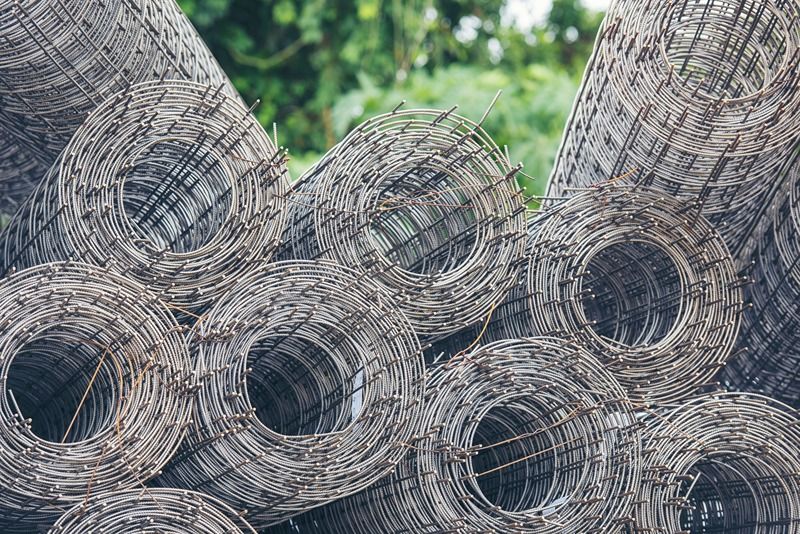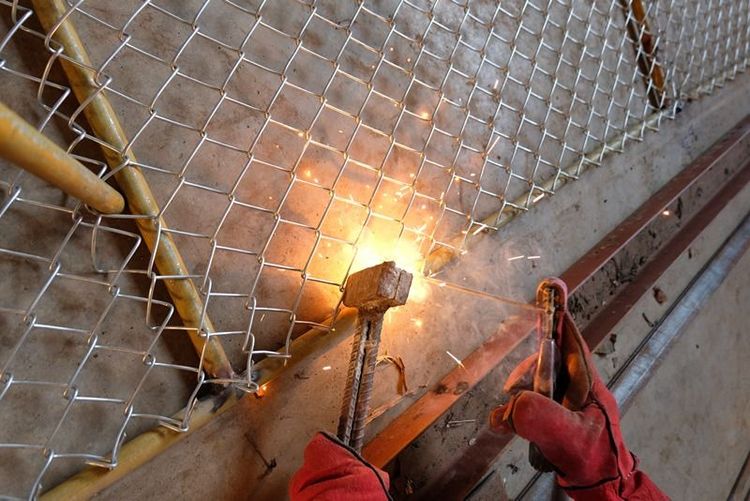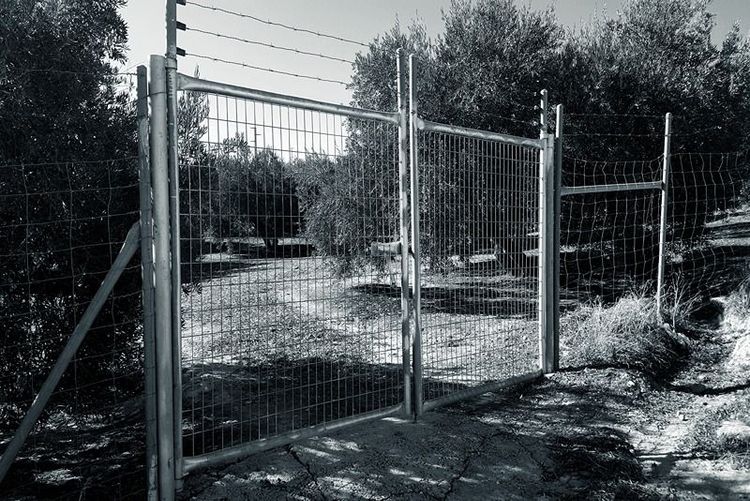Welded steel wire mesh is a grid-like structure composed of intersecting steel wires welded at each intersection point to form a uniform and stable pattern. This mesh can be manufactured in various sizes and configurations, tailored to specific needs and applications. The wire rods are drawn through a series of dies to reduce their diameter to the desired thickness. This process involves pulling the wire rods through progressively smaller openings, which elongates and thins the wire. The drawing process may be repeated several times to achieve the required diameter and mechanical properties. Join our community for more expert advice on steel wire mesh applications. Register today!
The cut wires are arranged in a grid pattern on a welding machine. The machine uses automatic electric resistance welding to join the cables at the intersections. This involves applying pressure and passing an electric current through the contact points, causing the wires to heat up and fuse. The result is a rigid and durable welded wire mesh with precise spacing.







 +91 7208055523
+91 7208055523
 Help & support
Help & support
